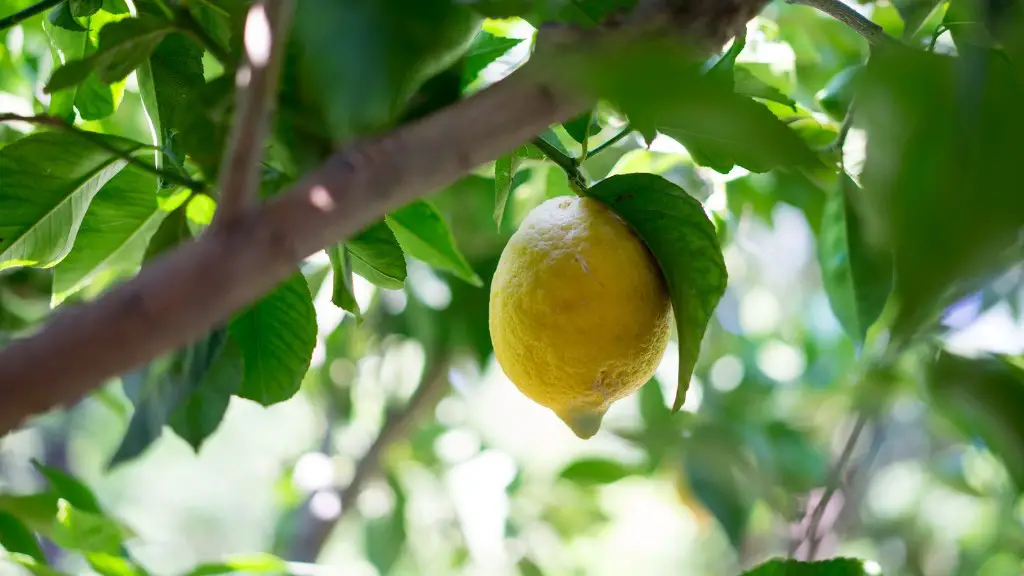Removing Areca Palm Tree Roots
Areca palm trees are a popular species of palm found in many tropical and sub-tropical climates around the world. They are attractive trees with lush foliage that can give any garden a lush and exotic feel. However, they can also present challenges in terms of care and maintenance. One of the challenges associated with these trees is how to effectively remove areca palm tree roots.
For many homeowners, removing areca palm tree roots is no easy task. In fact, it often requires a combination of manual labour, specialised tools and knowledge of palm tree root systems. Without this, it can be difficult to know where to start and how to best go about removing the root ball.
Understand the Root System
Understanding the root system of an areca palm tree is key when it comes to removing the root ball. The most important thing to know is that areca palm trees have a large, fibrous root ball that can spread far and wide throughout the garden. The root ball can extend up to 10 feet from the trunk in some cases, so it’s important to be mindful of this when planning your removal project.
It’s also important to be aware that areca palm trees have many lateral roots that can be found near the surface of the soil. What’s more, these lateral roots are often very shallow and fragile, which makes them difficult to remove without damaging them.
Carefully Dig and Cut
The most effective way to remove areca palm tree roots is to carefully dig up the entire root system. This involves digging down to the trunk and cutting away any large roots that may be in the way. It’s also important to be mindful of lateral roots that might be in the way as they can be easily damaged during the process.
Once the root system has been uncovered, it’s important to use specialised tools such as pruning shears and loppers to cut away any larger roots. It’s important to be careful as it’s easy to damage the root system if not done properly.
Potting Up
For some homeowners, the thought of removing a root ball from the ground is daunting and time-consuming. If this is the case, the simplest option is to pot up the areca palm tree. This involves digging up the root ball, removing any dead roots and then replanting the tree in a container. This is a great option for those who don’t want to go through the hassle of removing a root system from the ground.
Removing Stump
Once the roots of an areca palm tree have been removed, it’s important to remove the stump as well. This involves digging up the stump with a spade and then using a chainsaw to cut it off. Once the stump has been removed, it’s important to fill the hole with soil to prevent any underground roots from sprouting up again.
Seek Professional Help
Removing an areca palm tree root ball is a challenging task that requires specialised tools and knowledge. Therefore, if you don’t have the necessary experience or access to the right tools, it’s best to seek professional help. A reputable tree service company should be able to provide advice and assistance with the removal process.
The Benefits of Removing Areca Palm Tree Roots
Removing areca palm tree roots can be challenging but the benefits far outweigh the effort. Removing the roots will help to protect nearby plants, sidewalks and driveways from damage. It will also help the tree to grow more evenly, as the root system will be removed and reinstalled in an orderly fashion. Finally, removing the roots of an areca palm tree will help to improve soil aeration and drainage, which is essential for a healthy tree.
What to Avoid
When attempting to remove areca palm tree roots, it’s important to avoid using chemical sprays or fertilizers. These can have an adverse effect on the tree and may even harm nearby plants. Additionally, it’s important to avoid digging too deeply or too close to the trunk of the tree. This could damage the root system or even kill the tree.
Tips for a Successful Removal
When attempting to remove areca palm tree roots, it’s important to take the right approach. Here are some tips to ensure a successful removal:
- Start by researching the root system of the tree and understanding how deep and wide it extends.
- Use specialised tools such as pruning shears, loppers and a spade to carefully cut and dig the roots.
- Be careful to avoid damaging any lateral roots.
- Be sure to remove the stump with a chainsaw and fill the hole with soil.
- It’s recommended to seek professional help if you don’t have the necessary experience.
- Avoid using chemicals and fertilizers, as this can have an adverse effect on the tree.
- Be sure to research and understand the root system of the tree before starting the removal process.
Helpful Tools for Removing Areca Palm Tree Roots
When attempting to remove areca palm tree roots, it’s essential to have the right tools on hand. The most important tools to have are pruning shears, loppers and a spade. These can be used to carefully cut and dig up the roots. Additionally, it’s recommended to have a chainsaw on hand to remove the stump.
It’s also important to have access to specialised tools such as root digging tools and a root saw. By having the right tools, the removal process can be made easier and more successful.
Conclusion
Areca palm trees are attractive trees that can provide an exotic feel to any garden, but they come with their own set of challenges. One particular challenge is how to remove areca palm tree roots. This task can be difficult and time-consuming, so it’s important to understand the root system of the tree and use the right tools for the job. Additionally, it’s recommended to seek professional help if you’re unsure or don’t have the necessary experience. With the right approach, removing an areca palm tree root ball can be a successful project that improves soil aeration and drainage.

